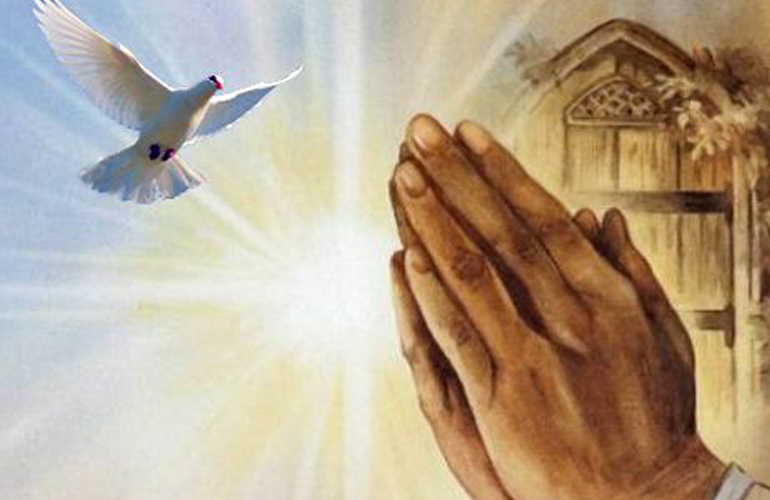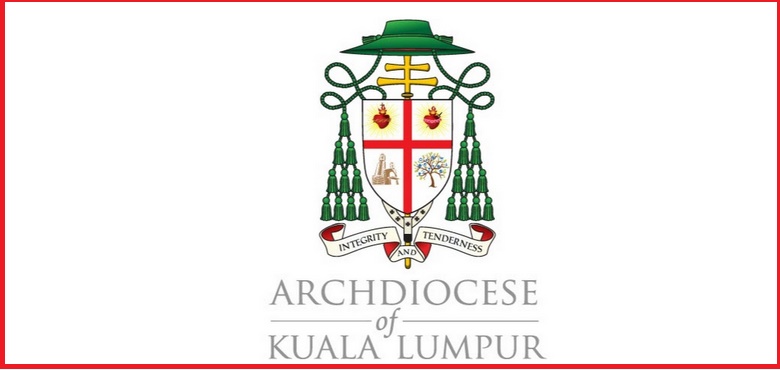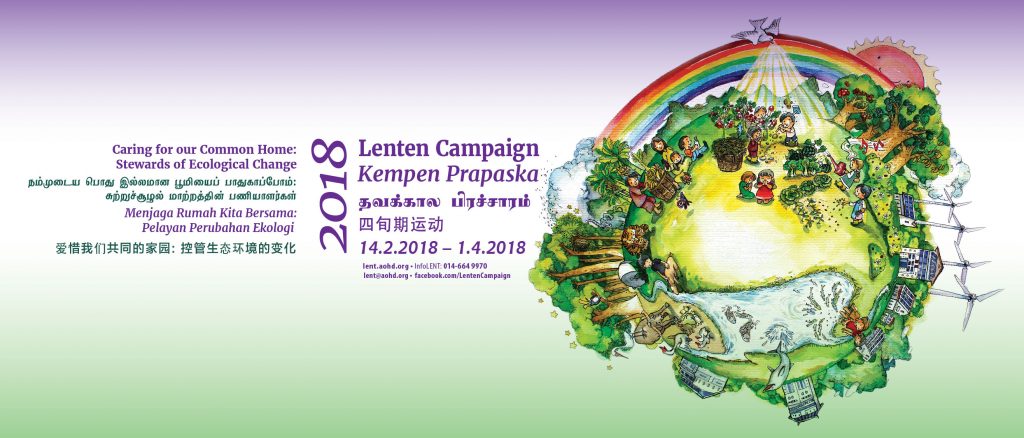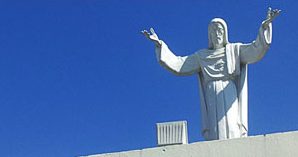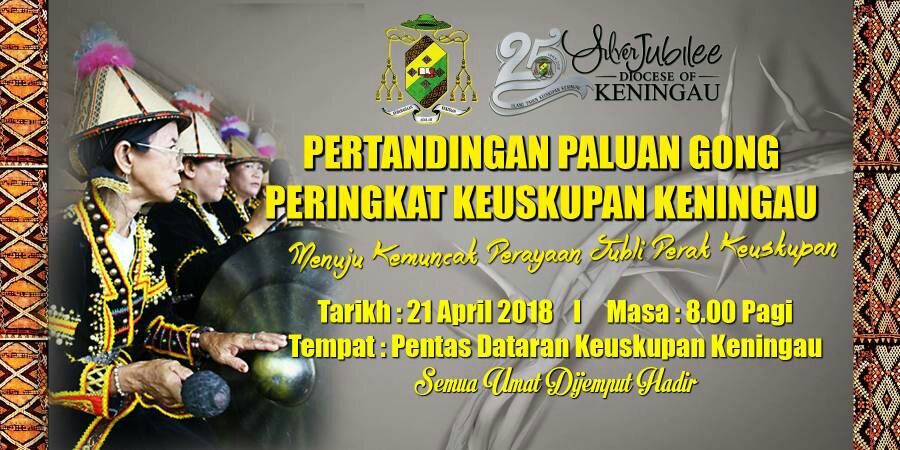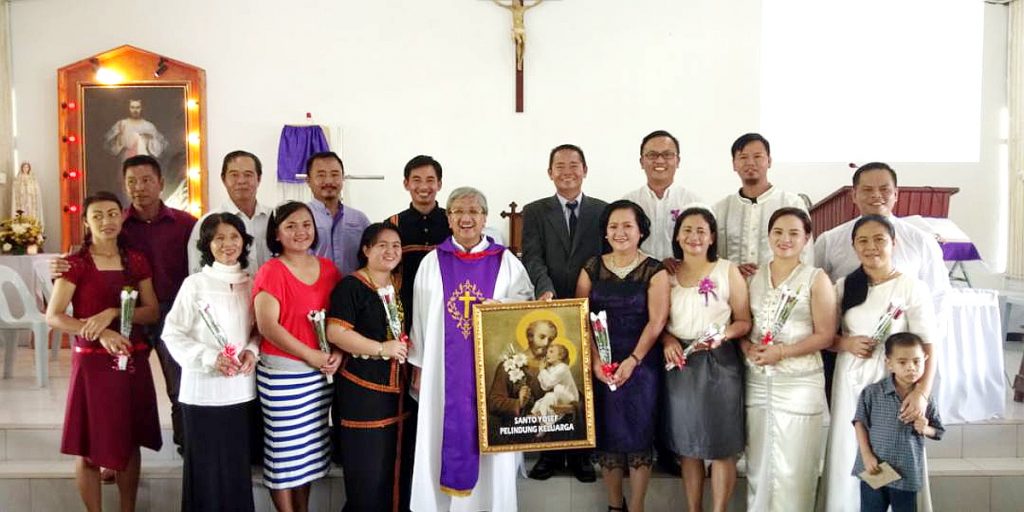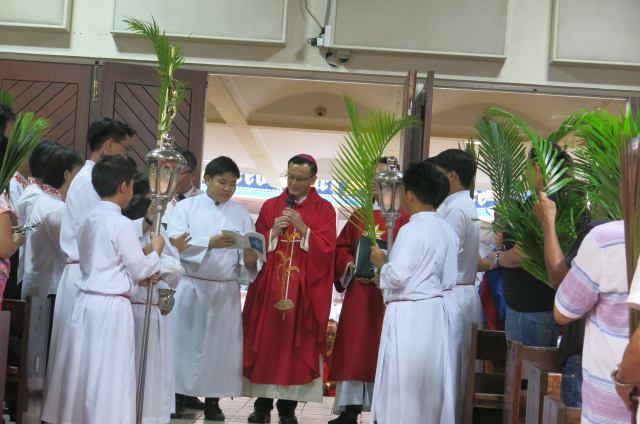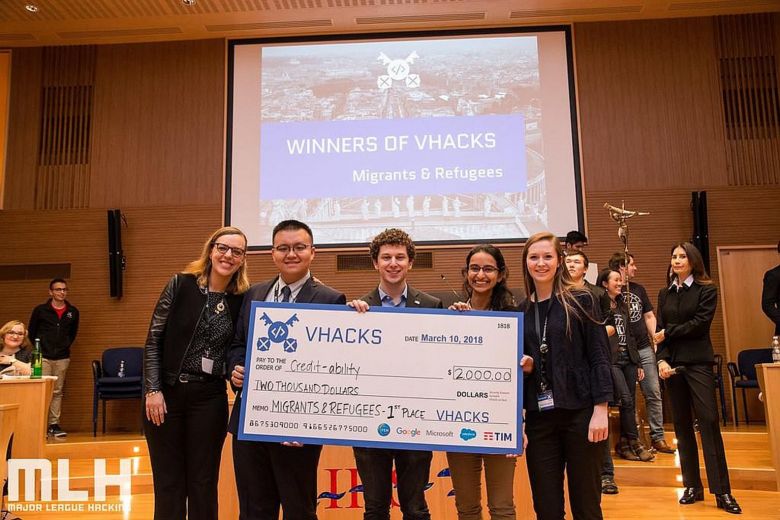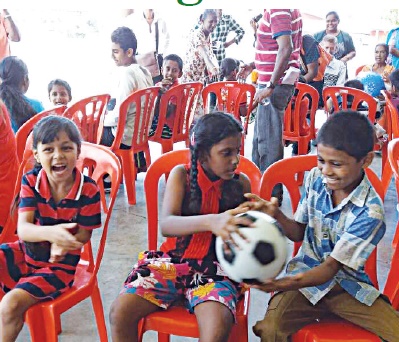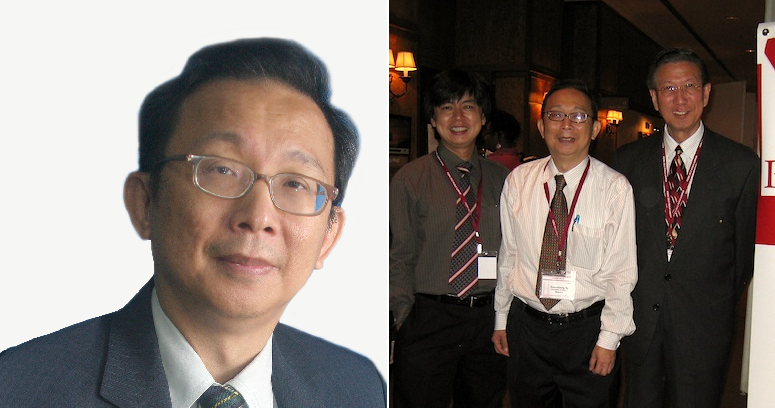Fr. George Packiasamy
We are entered to Holy Week. It is a week where we place ourselves nearer to the suffering servant, Jesus Christ. His Life, Passion and Death will bridge us to Easter and the joy of resurrection. He willingly sacrificed His life to save us from sin. He paid the price to heal and liberate us. As St Peter says, “He was bearing our sins and lived for uprightness; through his bruises, you have healed,” (1 Peter 2:24).
Lent is a time when we focus and reflect on repentance, and about making small sacrifices as a form of penance. During these past 5 weeks, we have been examining, reflecting upon, contemplating on and practicing the Lenten observances – prayer, penance and almsgiving. These three pillars are for purification and strengthening of our love for God and our neighbours. The Lenten season encourages us to live our lives with humility and simplicity.
We need a prayerful life. Our prayer life connects us with Jesus Christ and helps us to stay connected to Him. We need to “pray without ceasing” (1 Thess 5:17). Fasting and penance purify our hearts to live the value of the Gospel and to restore our broken lives. Almsgiving magnifies our concern for our neighbours’ needs (Matt 25: 35-36) and it gives us an opportunity to see Christ in the poor, the suffering and dying, and to embrace the “5 Ls” (lost, last, least, little and lonely).
The Holy Father in his recent encyclical, “On Care of Our Common Home (Laudato Si’) asked everyone around the world to “take good care of creation” and to care for our common home as “our vocation to be protectors of God’s handiwork is essential to a life of virtue; it is not an optional or a secondary aspect of our Christian experience,” (Paragraph 217). The Church urges us to learn and practice earth care issues and take action that will honour Christ’s teachings about caring for creation.
Thus, the Church invites us to be stewards of God’s Creation and pray for the environment. We Christians, have a unique opportunity and responsibility to make efforts and be challenged to take action on the issues affecting the environment, especially on matters of water, energy, consumption and food. During this Lent, take time to reflect on creation and care, in order to bring greater Ecological harmony with all living creatures of God.
A few sacrifices we could make starting this Lent and for the rest of our lives, which would help the environment, include:
— Replace the use of plastic and paper bags with reusable shopping bags. Just keep a few of these in your car.
— Put a stop to receiving unwanted catalogues.
— Cut down the amount of food we throw away.
— Go green by using recycled and earth friendly materials. Teach our kids to reuse and recycle products.
— Send your recycled products to our parish collection point and place them in the prepared containers. We collect these for onward transmission to recycling centres and the income goes to the poor. Just for your information, every month we earn between RM200-400 from these products.
Each of us has a duty to care for God’s Creation. As Lent draws to a close with Holy Week around the corner, it is good for us to reflect and contemplate on what we buy, what we waste, how we preserve and how we spend our time during Lent. These things impact the environment and us. It is also a way of preparing for Easter, celebrating a New Creation by glorifying the goodness of our Creator through our words and deeds
Article reproduced from Herald Malaysia online


